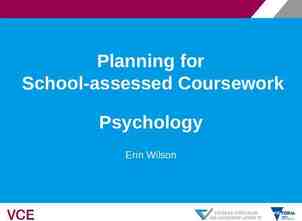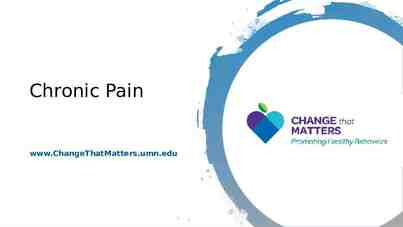ART AND SCIENCE OF TEACHING LEVEL 3 TOPIC 2 TEACHING PRINCIPLES MODULE
8 Slides372.51 KB
ART AND SCIENCE OF TEACHING LEVEL 3 TOPIC 2 TEACHING PRINCIPLES MODULE 1 – Traditional principles of teaching MALUTI TVET COLLEGE BETHLEHEM CAMPUS E MACKLIN
WHAT DOES THE CONCEPT ‘ PRINCIPLE’ MEAN? a fundamental truth, law or assumption a policy that guides your actions.
WHAT IS THE TRADITIONAL PRINCPLE? Continuous development of children, aligned with the continuous development of the learning content. There are THREE maxims (rules) * KNOWN TO UNKOWN What the leaner already know moving to the concept that they have not come across before. *SIMPLE TO COMPLEX The simplicity or complexity of what will be taught must be determined by the level of understanding appropriate for the grade and developmental ability of the leaners. *CONCRETE TO ABSTRACT Concrete things are solid, real and able to touch. Abstract ideas are imaginative, theoretical and unclear.
What is the totality or holistic principle? The development of children in all aspects, including home life relationships, sports, reading and analytical skills The arrangements of learning content in an integrated manner.
ACTIVITY PRINCIPLE? Also known as the self-activity principle. Self-activity is associated with creativity and originality, largely because the motivation is different. From an educator’s point of view, it is usually a good idea to take the learner’s interests into account. SOCIALISATION PRINCIPLE? At first the circle (family) is small. As they grow older, their social circle grows. A classroom setting provides stimulation and motivation. Also true that children that are taught individually develop more slowly on the social front. Children should be given the chance to develop meaningful relationships at school, at home and beyond their familiar territories. A Classroom opens endless possibilities for group work and co-operative learning. AUTHORITY AND FREEDOM PRINCIPLE? This principle of authority relies on the fact that as an educator imposes authority, leaners will adapt to this and gradually become self-disciplined – much the same as many parenting manuals advise. Authority places a huge responsibility on educators. PERCEPTION PRINCIPLE? Every person will learn through their own experience and their own perceptions of reality. Perception, or the ability to perceive, occurs in many ways: cognitive, through the emotions, through music, through tough, etc.
MULTIPLE INTELLIGENCES Musical – Joy, happiness, song & dance Logical Mathematical – Graphs, maps Spatial – Posters, drawing around the classroom Bodily-kinaesthetic – Sports, Physical activities Interpersonal (ability to understand others) co-operative in groups. Intrapersonal (ability to understand oneself) working on your own Linguistic – language, words, reading.
A TEACHING PRINCIPLE IN ACTION For example: ‘On the Farm’ a trip to see cows begin milked singing Old MacDonald had a farm creating mobiles out of eggshells make pom-poms out of wool etc. REFLECT ON THE SELECTED AND IMPLEMENTED PRINCIPLE Advantages This method involves whole life of the learner. The focus is on integration – of subject matter and home and school life Disadvantages Some parents feel that this principle places to much burden of the education process on them. Others may feel the principle invades their privacy.
It doesn’t matter where you came from. All the matters is where you are going.” Brian Tracy













